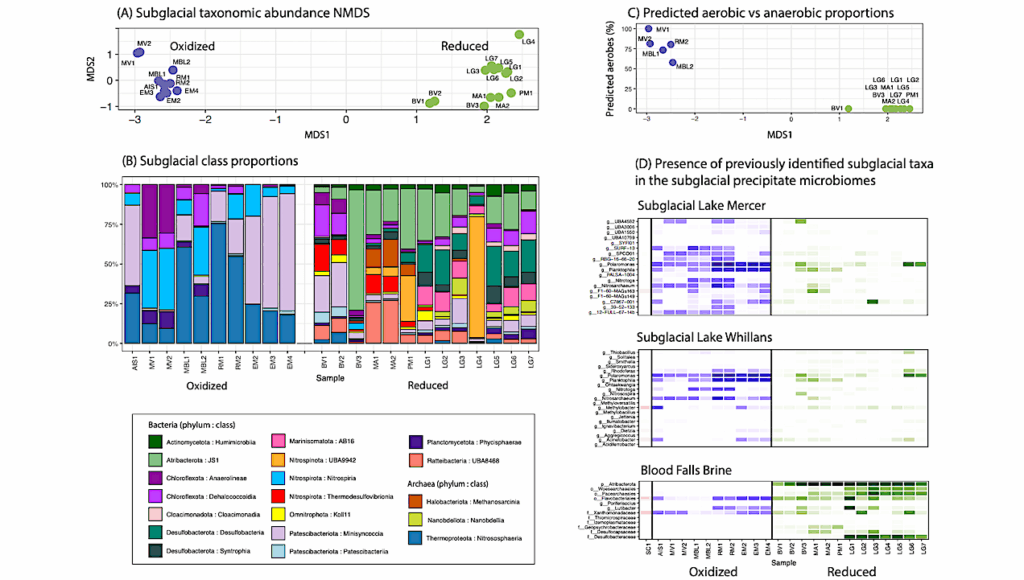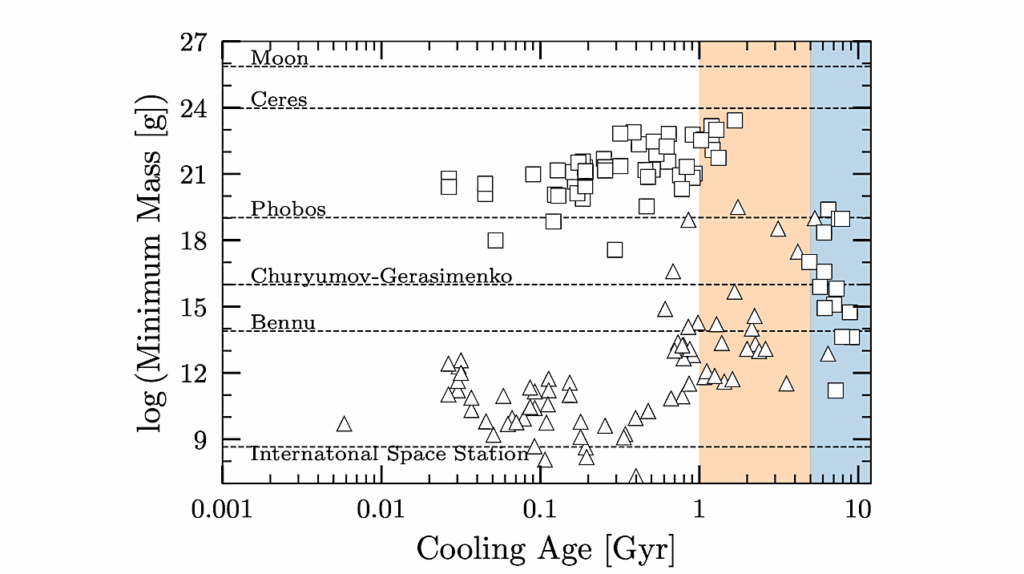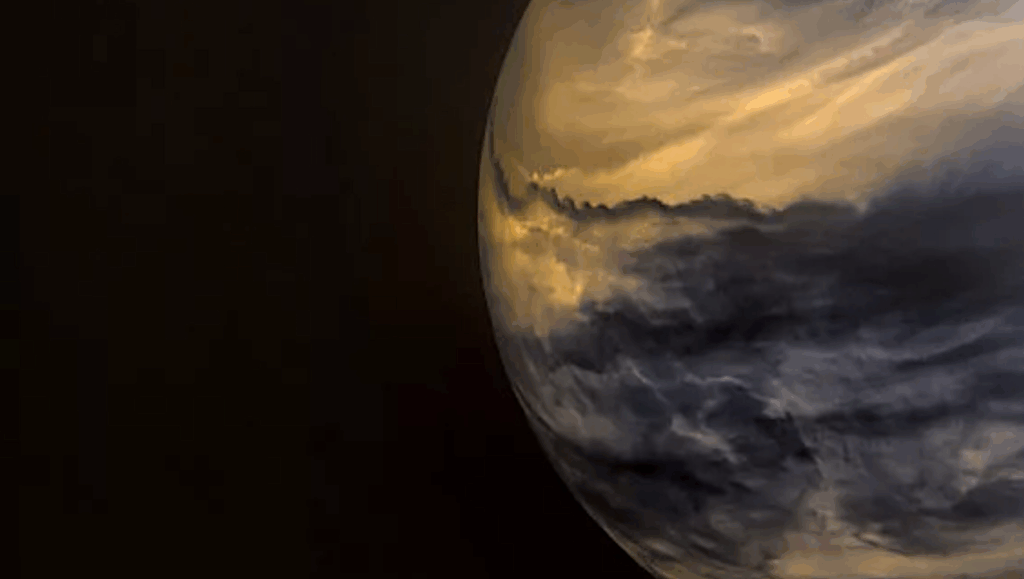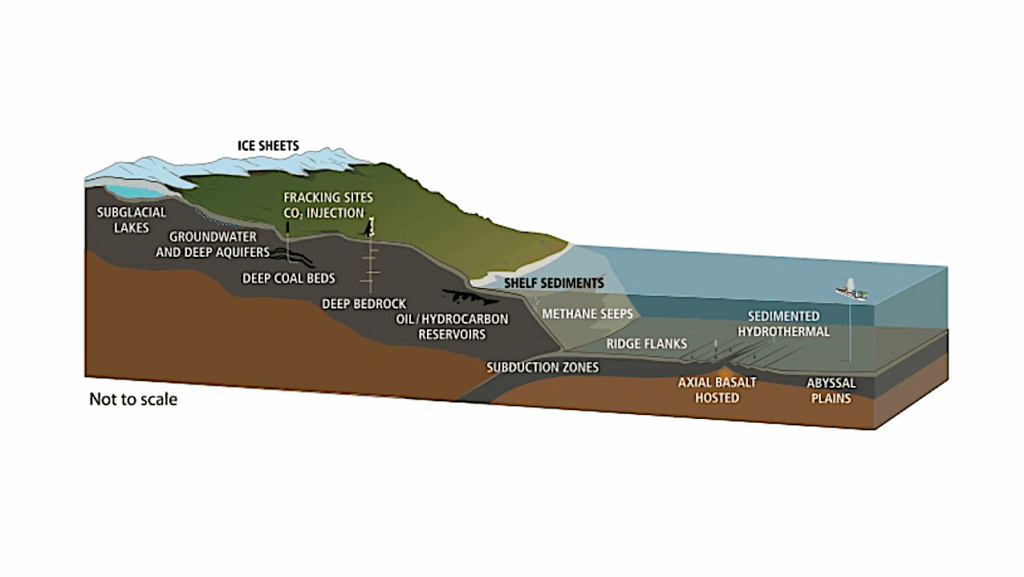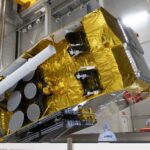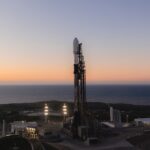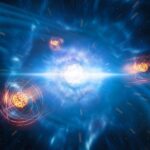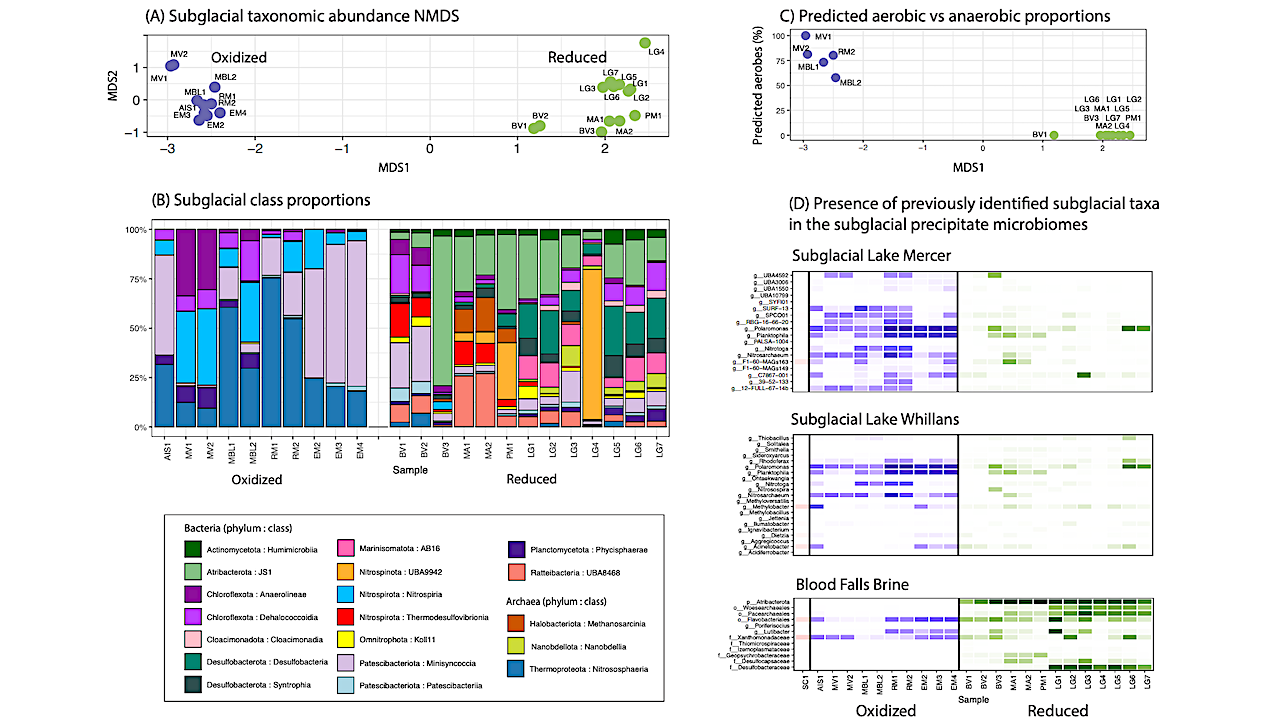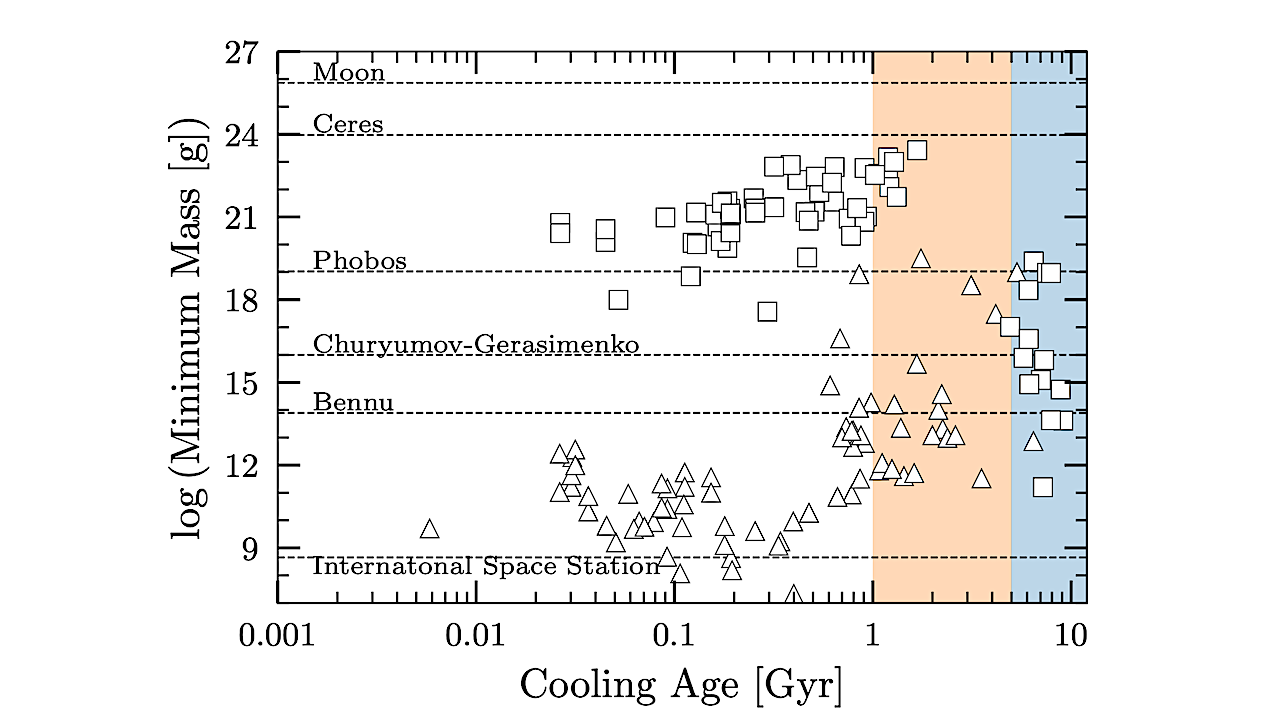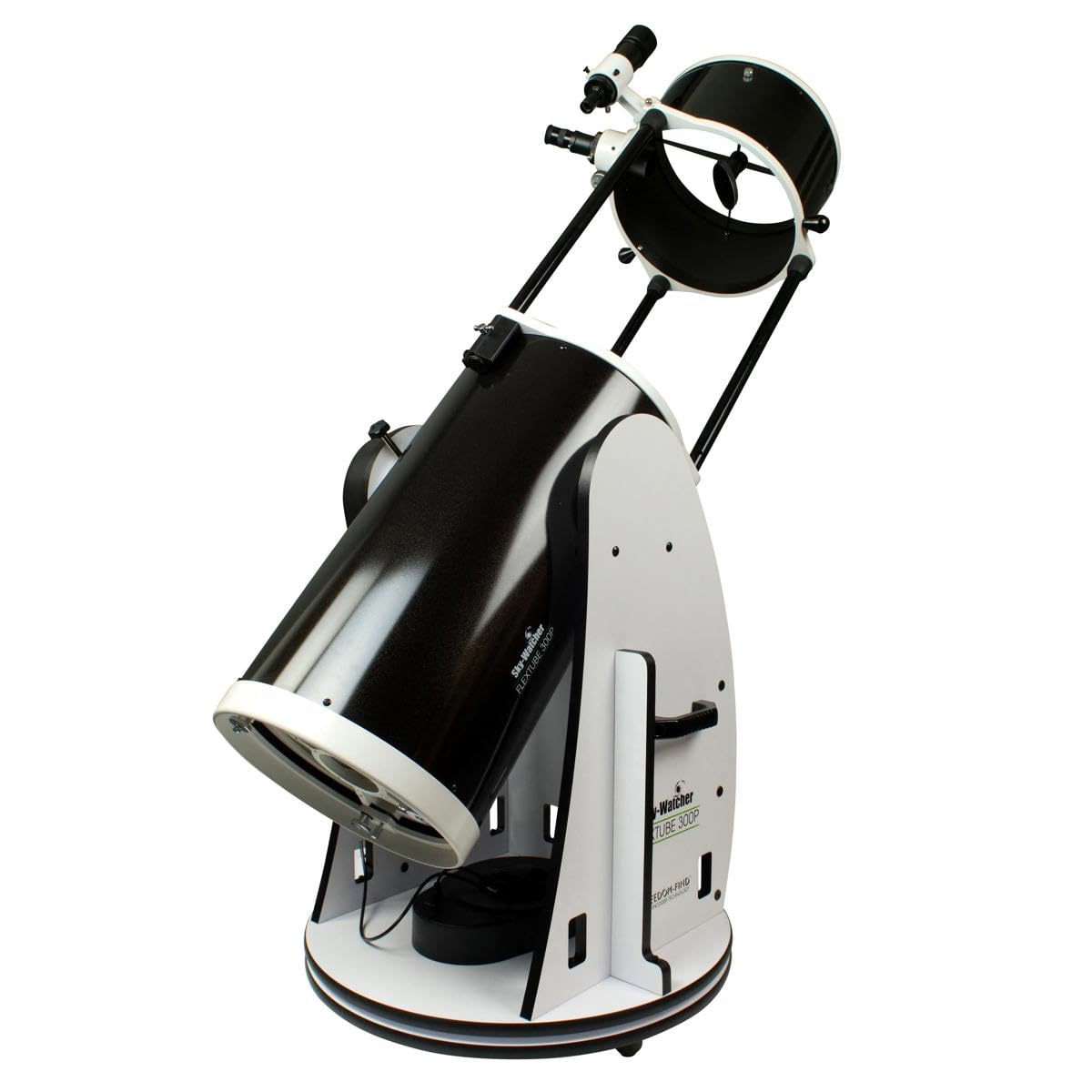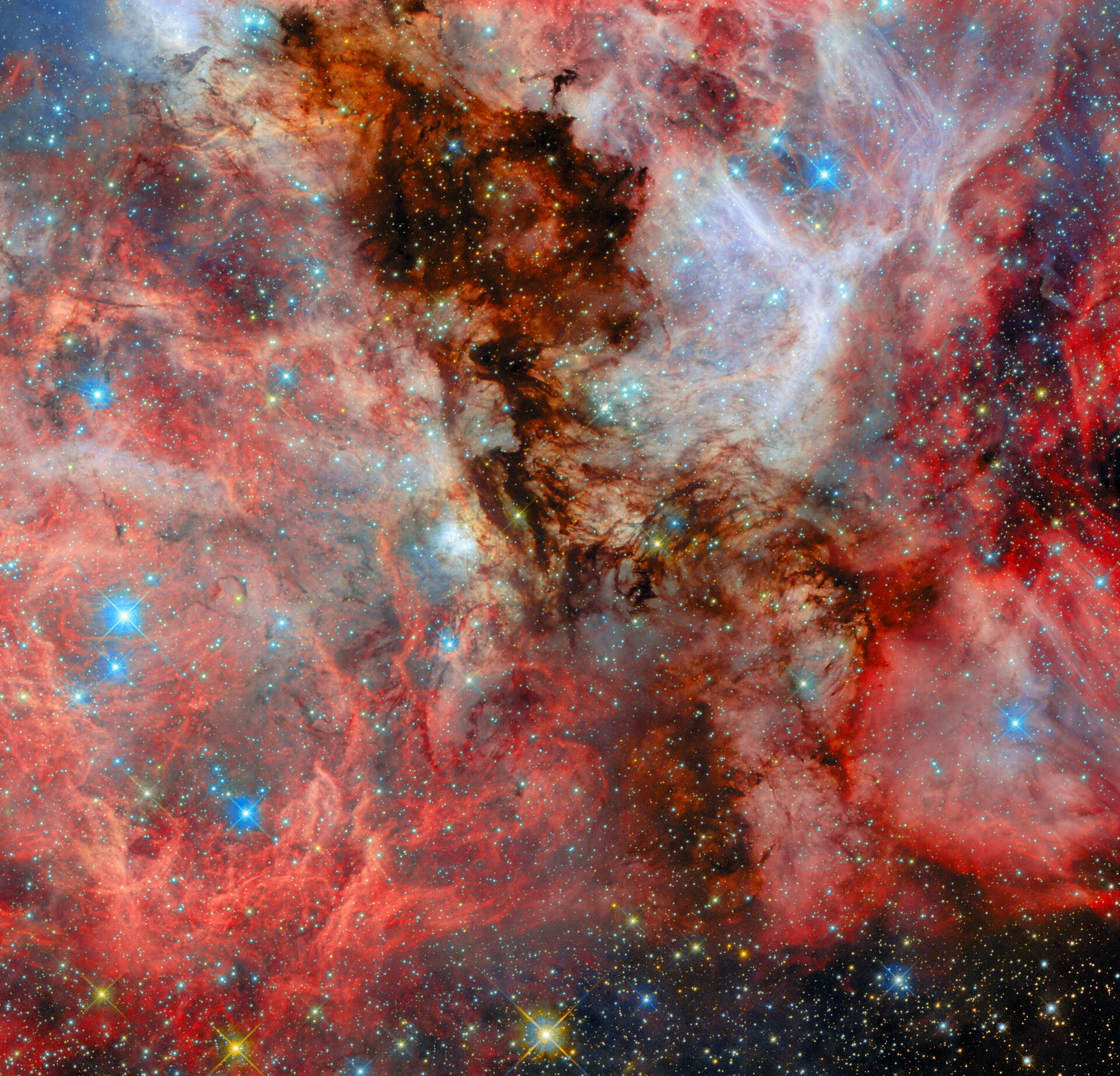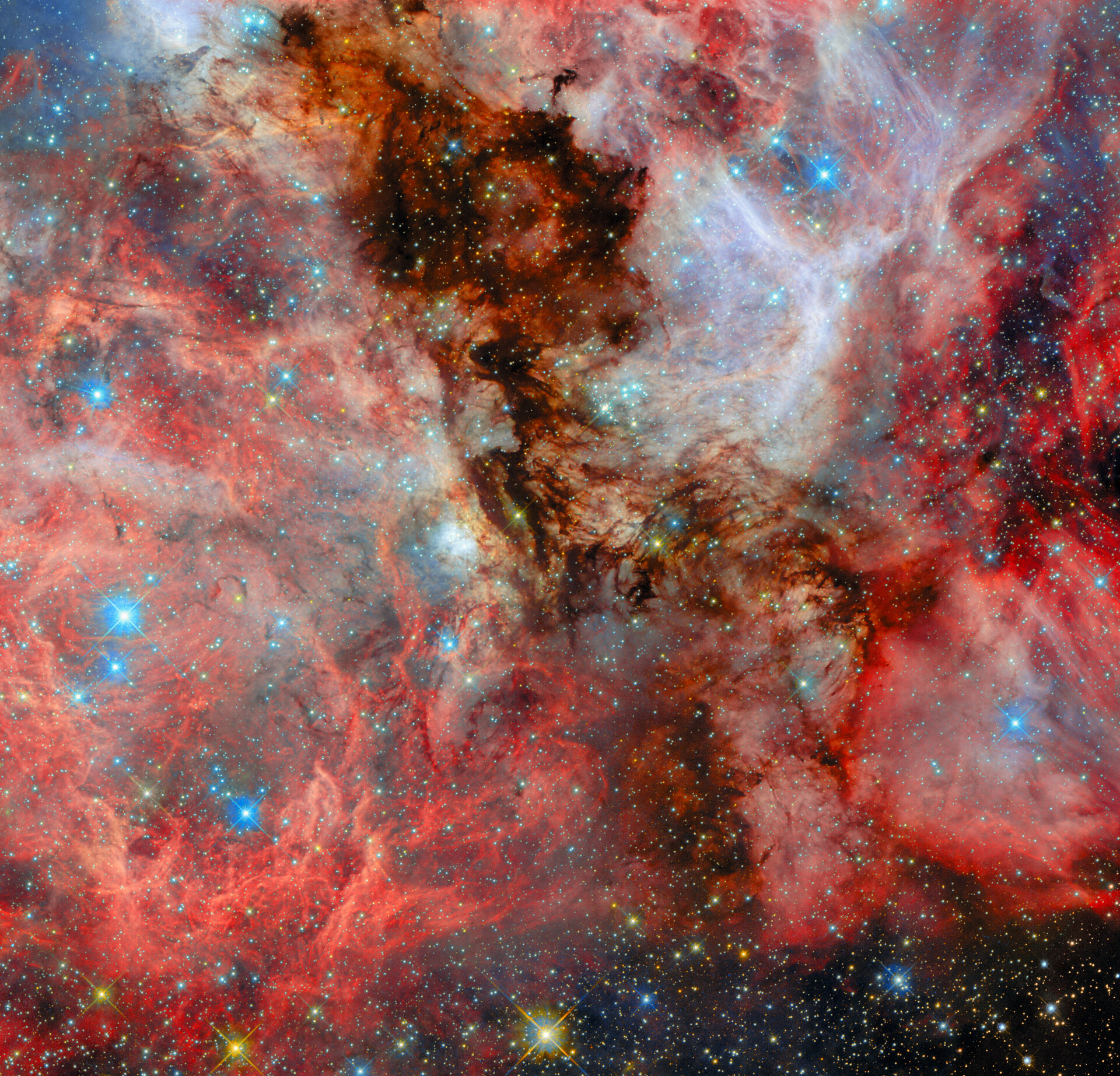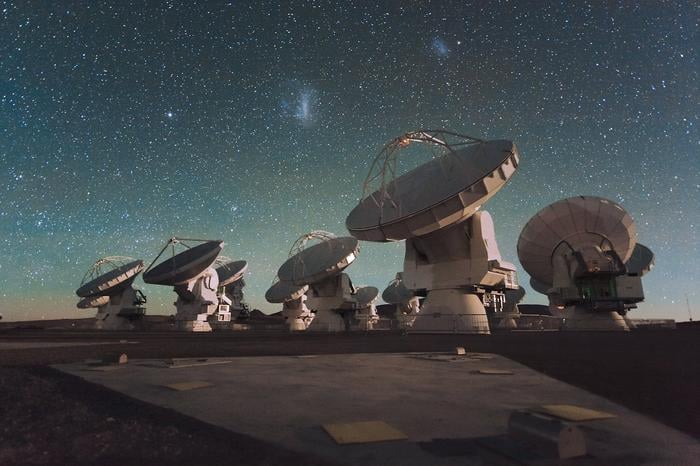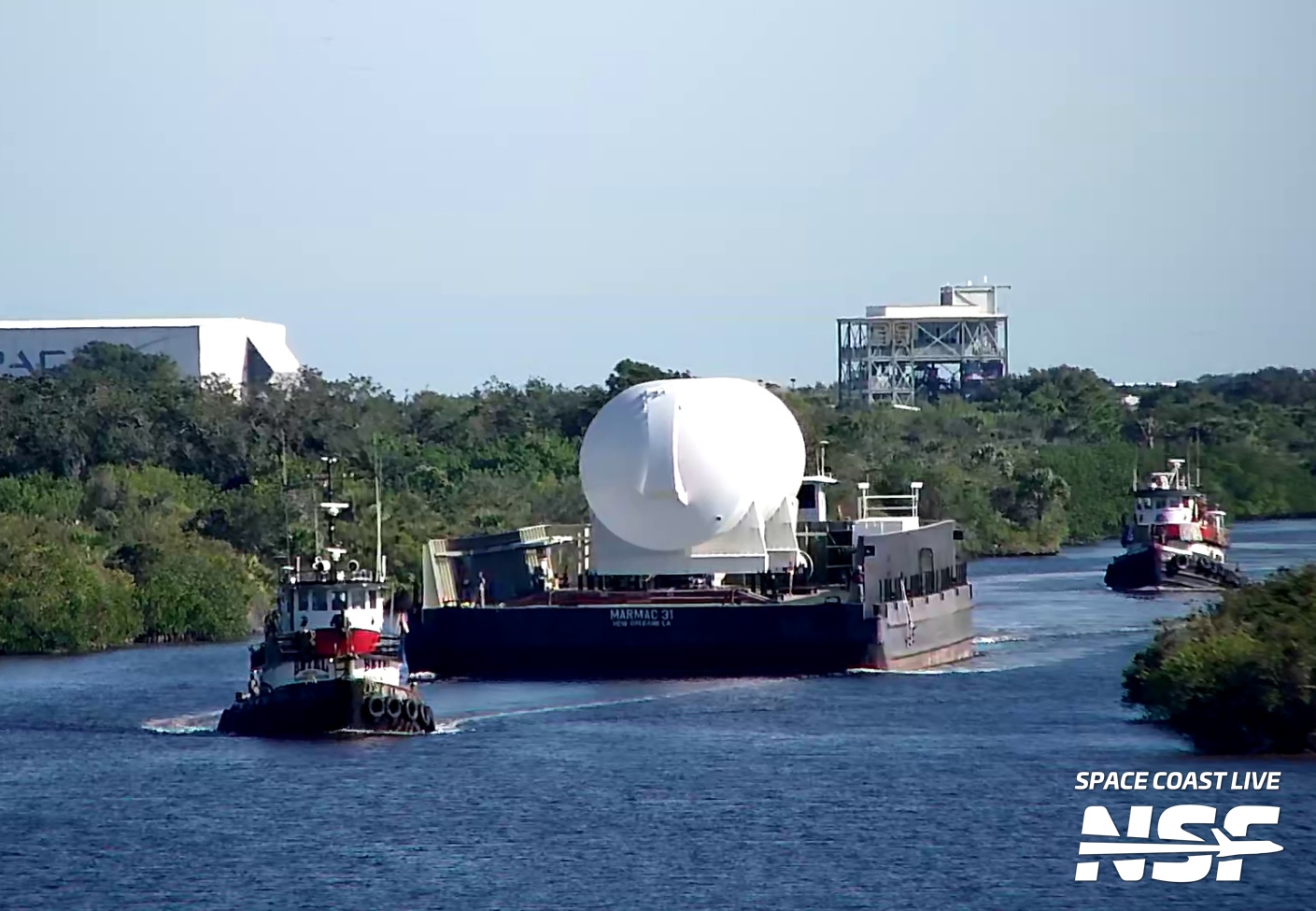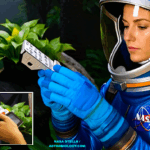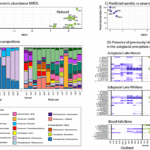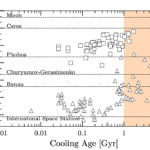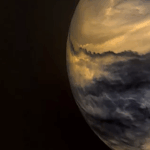Size matters when it comes to telescopes. The bigger they are, the farther they can see. Prioritizing constructing large ones is therefore high on the priority list for many observational
View larger. | Artist’s concept of scorching hot TOI-561 b and its sunlike star. New observations by NASA’s James Webb Space Telescope show there is a dense atmosphere on lava
In 2024, astronomers discovered the brightest Luminous Fast Blue Optical Transient (LFBOT) ever observed. LFBOTs are extremely bright flashes of blue light that shine for brief periods before fading away.
Today’s ESA/Hubble Picture of the Week highlights another view of a distant stellar birthplace. Captured in a parallel field to a recently released image, this scene reveals a neighbouring region of the N159
The European Space Agency’s Hubble Space Telescope has captured a stunning new image of a star-forming region located within the N159 complex, part of the Large Magellanic Cloud, which is
The European Space Agency’s Hubble Space Telescope has captured a stunning new image of a star-forming region located within the N159 complex, part of the Large Magellanic Cloud, which is
The Atacama Millimeter/Submillimeter Array (ALMA), the world’s most powerful radio telescope, has received 145 new low-noise amplifiers (LNAs) that will increase its range and sensitivity.
For the first time, astronomers have caught a stellar nursery in the act of blowing giant celestial bubbles, revealing a massive outflow of gas stretching over 650 light-years from one
SpaceX is making strides in its Starship program with the successful testing of a specialized transport barge designed to ferry enormous Starship vehicles from its Starbase facility in Texas to
Lunar dust poses one of the most persistent challenges for spacecraft operations on the Moon, clinging stubbornly to surfaces and infiltrating equipment with potentially devastating consequences. Now, researchers have developed
-
 01From Polymerization-Enabled Folding and Assembly to Chemical Evolution: Key Processes for Emergence of Functional Polymers in the Origin of Life
01From Polymerization-Enabled Folding and Assembly to Chemical Evolution: Key Processes for Emergence of Functional Polymers in the Origin of Life -
 02Two Black Holes Observed Circling Each Other for the First Time
02Two Black Holes Observed Circling Each Other for the First Time -
 03How New NASA, India Earth Satellite NISAR Will See Earth
03How New NASA, India Earth Satellite NISAR Will See Earth -
 04Thermodynamic Constraints On The Citric Acid Cycle And Related Reactions In Ocean World Interiors
04Thermodynamic Constraints On The Citric Acid Cycle And Related Reactions In Ocean World Interiors -
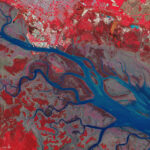 05Φsat-2 begins science phase for AI Earth images
05Φsat-2 begins science phase for AI Earth images -
 06Hurricane forecasters are losing 3 key satellites ahead of peak storm season − a meteorologist explains why it matters
06Hurricane forecasters are losing 3 key satellites ahead of peak storm season − a meteorologist explains why it matters -
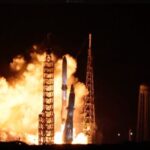 07U.S. Space Force awards $13.7 billion in new national security launch contracts to Blue Origin, SpaceX and ULA
07U.S. Space Force awards $13.7 billion in new national security launch contracts to Blue Origin, SpaceX and ULA


